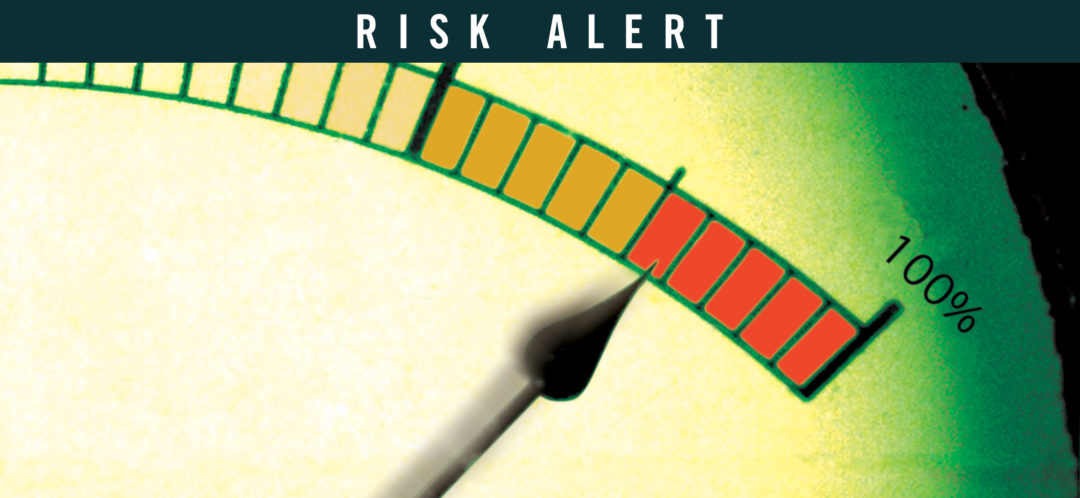
Make your CU less inviting to robbers
Thwart robbery attempts by being prepared.
Robbery risk is part of your everyday business. As they say, where there is money, there is often crime.
In fact, the FBI reported more than 4,250 financial institutions were robbed last year. While robbers typically complete their heists during office hours, a recent trend of targeting credit unions at opening and closing time has emerged.
Those are vulnerable times for many reasons, mainly due to staff being rushed and less aware of their surroundings. Robbers prepare by researching their targets.
They study who does what, when, how, and with whom. They’re looking for the weakest links.
“Criminals often case their targets to identify lax processes and turn them into prime opportunities,” says Bob Bouvier, risk consultant for CUNA Mutual Group. “Unfortunately, opening and closing have become too routine, making it easier for robbers to figure out.”
 However, credit unions can thwart robbery attempts by showing signs of being prepared.
However, credit unions can thwart robbery attempts by showing signs of being prepared.
“Following strong practices—including vigilant opening and closing procedures—can make your credit union far less attractive to robbers,” Bouvier says.
As a credit union employee, your job as a risk manager begins when you leave home in the morning and ends when you return home in the evening.
While you might not be able to prevent a robbery, you can make yourself—and the credit union—a less inviting target by knowing your surroundings and following key procedures.
When opening:
- Have two employees present. Park away from each other but within view of the entrance. This can deter someone from walking up and controlling both of you.
- Have one employee enter and complete a walk-through while another co-worker watches from their vehicle.
- Post an “all-clear” signal that’s visible to other employees, indicating it’s safe to enter. Change the signal quarterly.
When closing:
- Conduct a building walk-through to ensure nobody remains inside. Check all floors, offices, restrooms, behind the teller counter, the break room, elevators, and any other place someone might hide.
- Wait for members or visitors to leave the premises, including all ATM foyers that someone must use to enter or exit the building.
- Limit smartphone use, which can distract you from your surroundings. Robbers can recognize that you’re inattentive and use it as an opportunity to approach you.
- Exit in pairs or groups to ensure everyone makes it out of the building and to their cars safely.
Remember, you’re always more vulnerable when you’re alone. Crafty criminals even stage unusual disturbances in an attempt to lure you outside the office, Bouvier says. Don’t be fooled by these disruptions, which could leave yourself, your co-workers, and the credit union unprotected.
Additionally, be alert to suspicious people and maintain a record of people or situations that don’t seem to be connected with the credit union. Always report suspicious situations to management, and log physical descriptions, vehicle types, license numbers, incidents, and dates and times.
If you remain vigilant when your credit union opens and closes, you can do your part to maintain a safe work environment for yourself and your co-workers, while also making your credit union a less attractive target for unwanted situations.
CUNA Mutual Group’s Protection Resource Center allows policyholders to access helpful online resources, including training modules, RISK Alerts, and loss-control recommendations. For more information, contact CUNA Mutual Group.
This article initially appeared in Credit Union Front Line newsletter, the monthly sales and service newsletter for branch staff and their managers. Subscribe now to the print edition or PDF version.